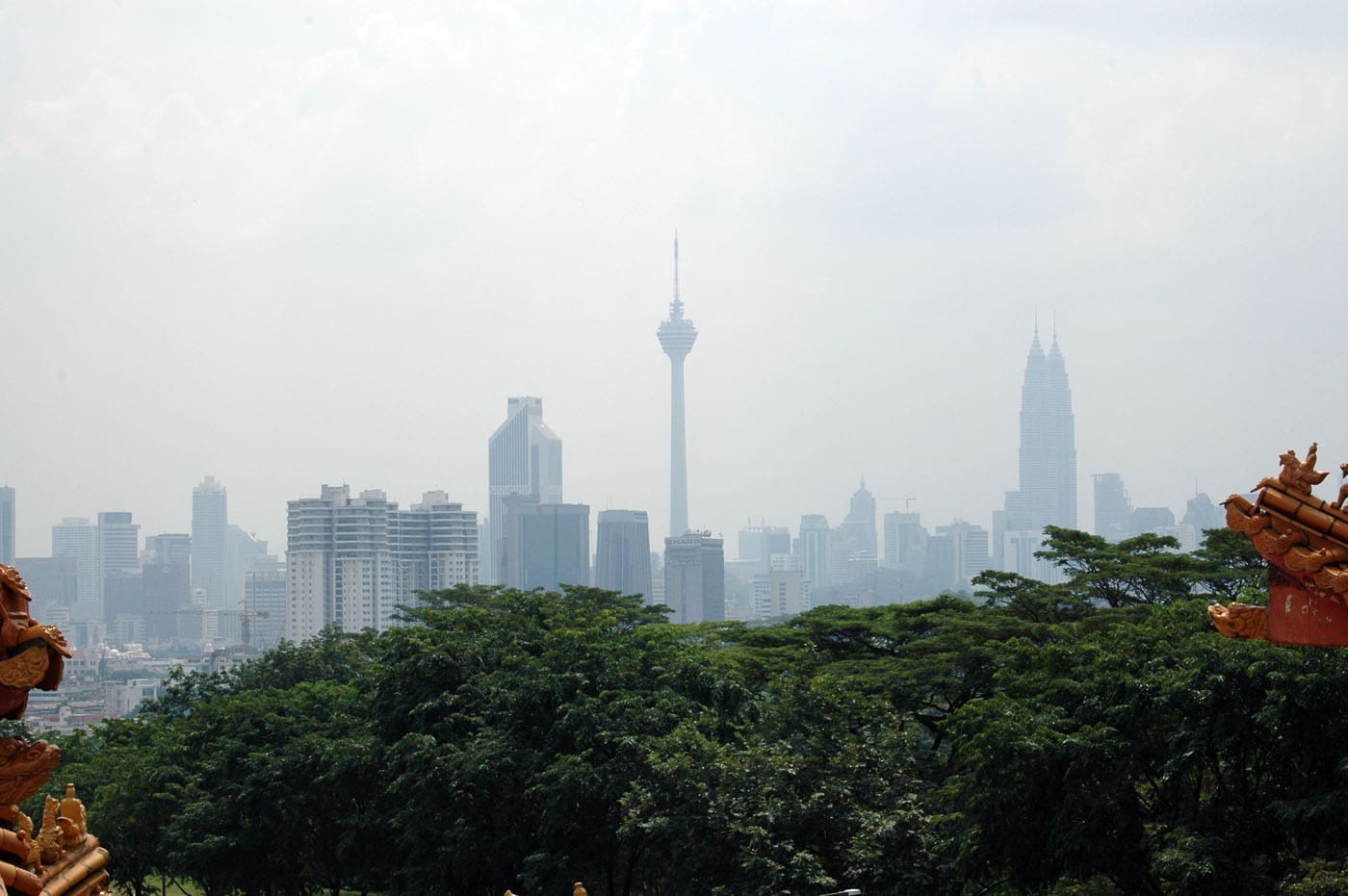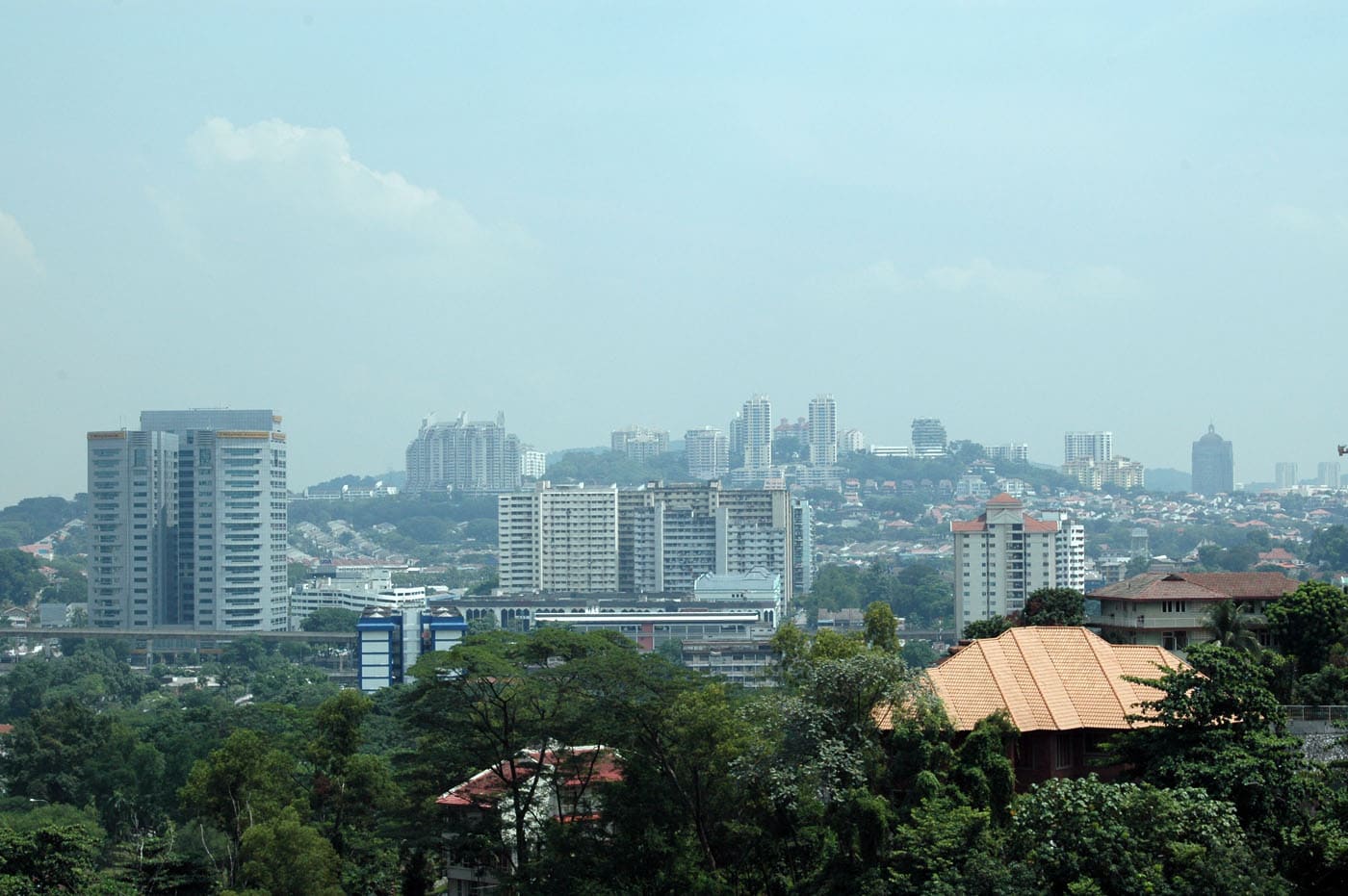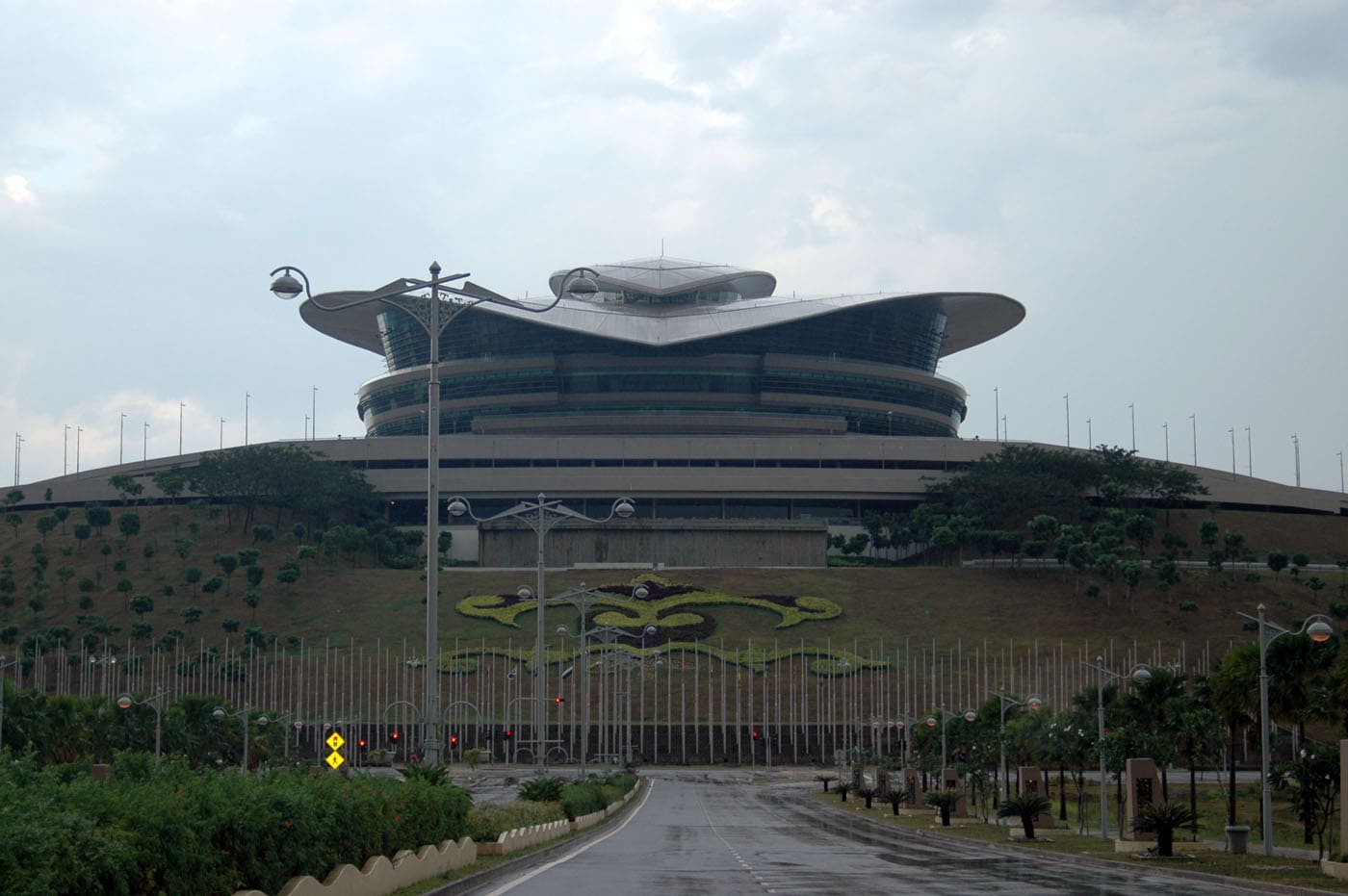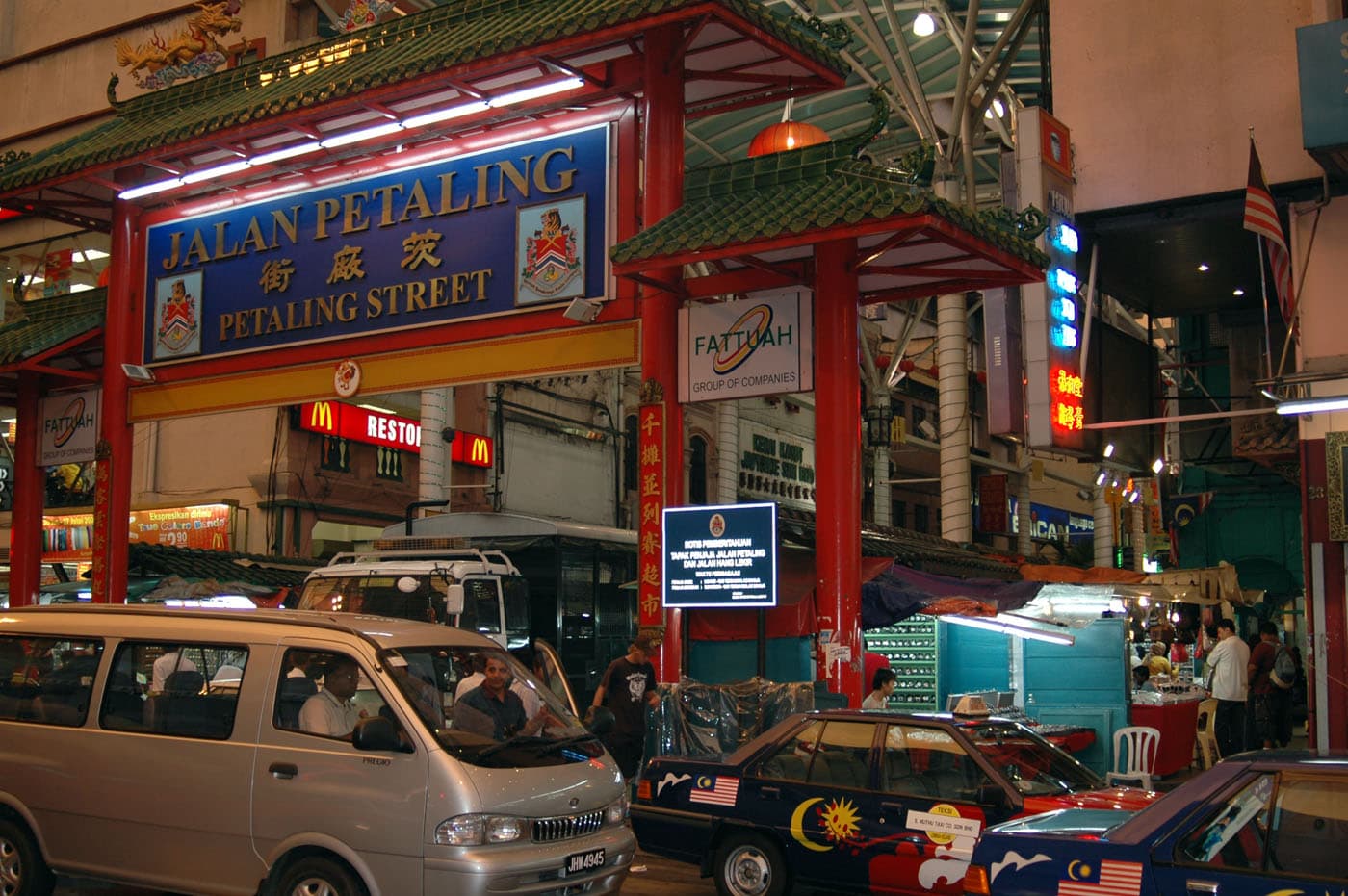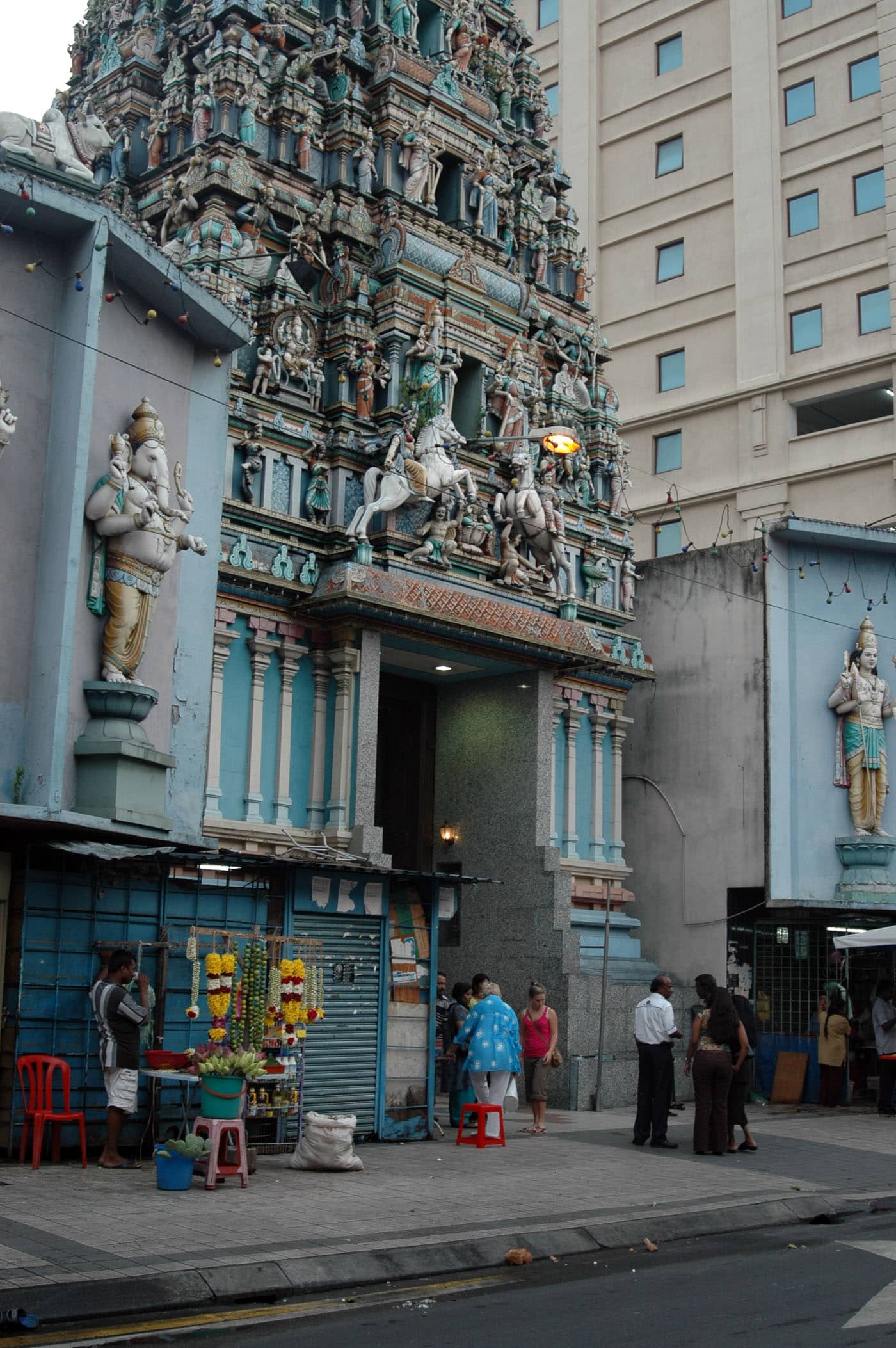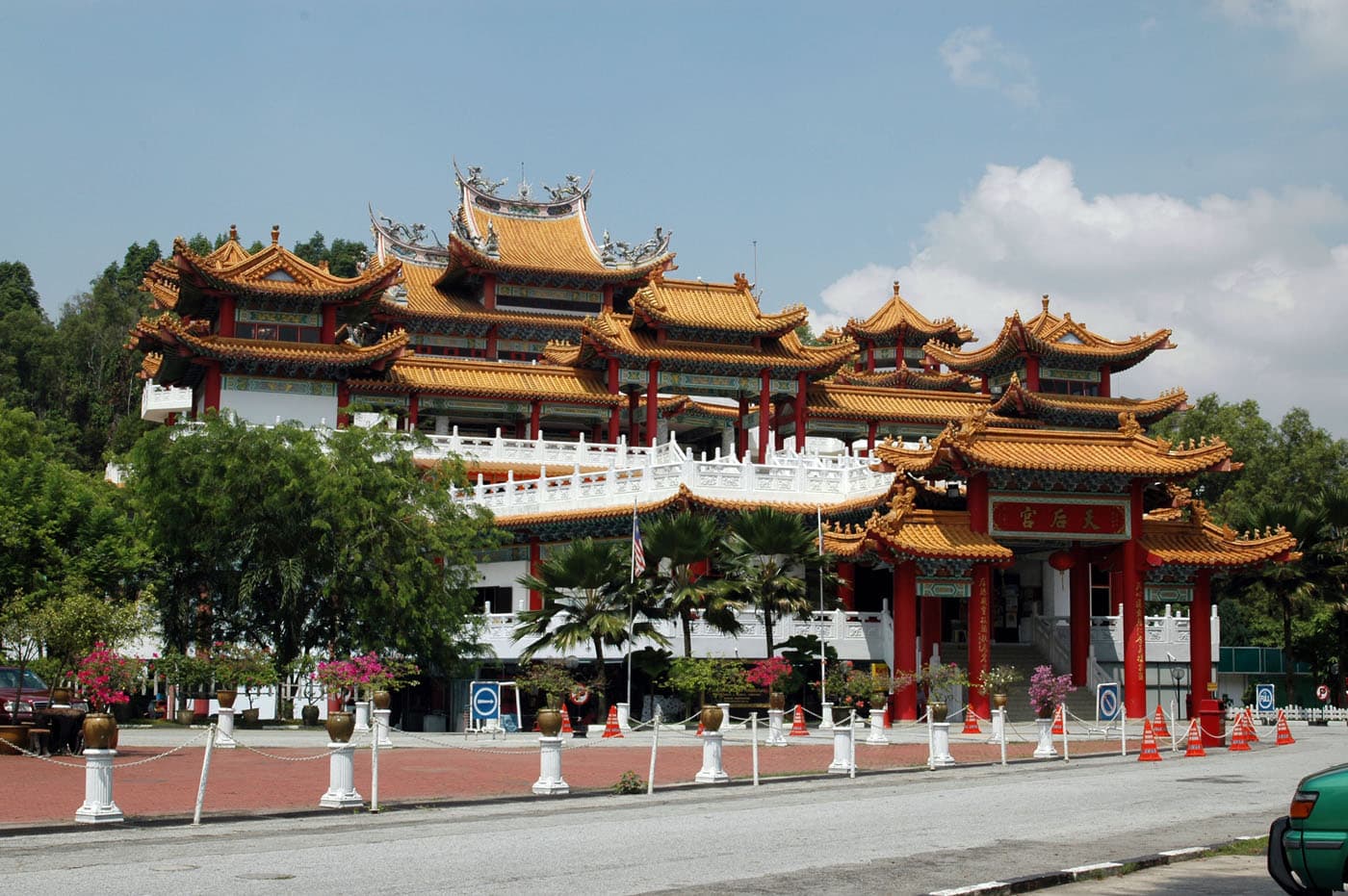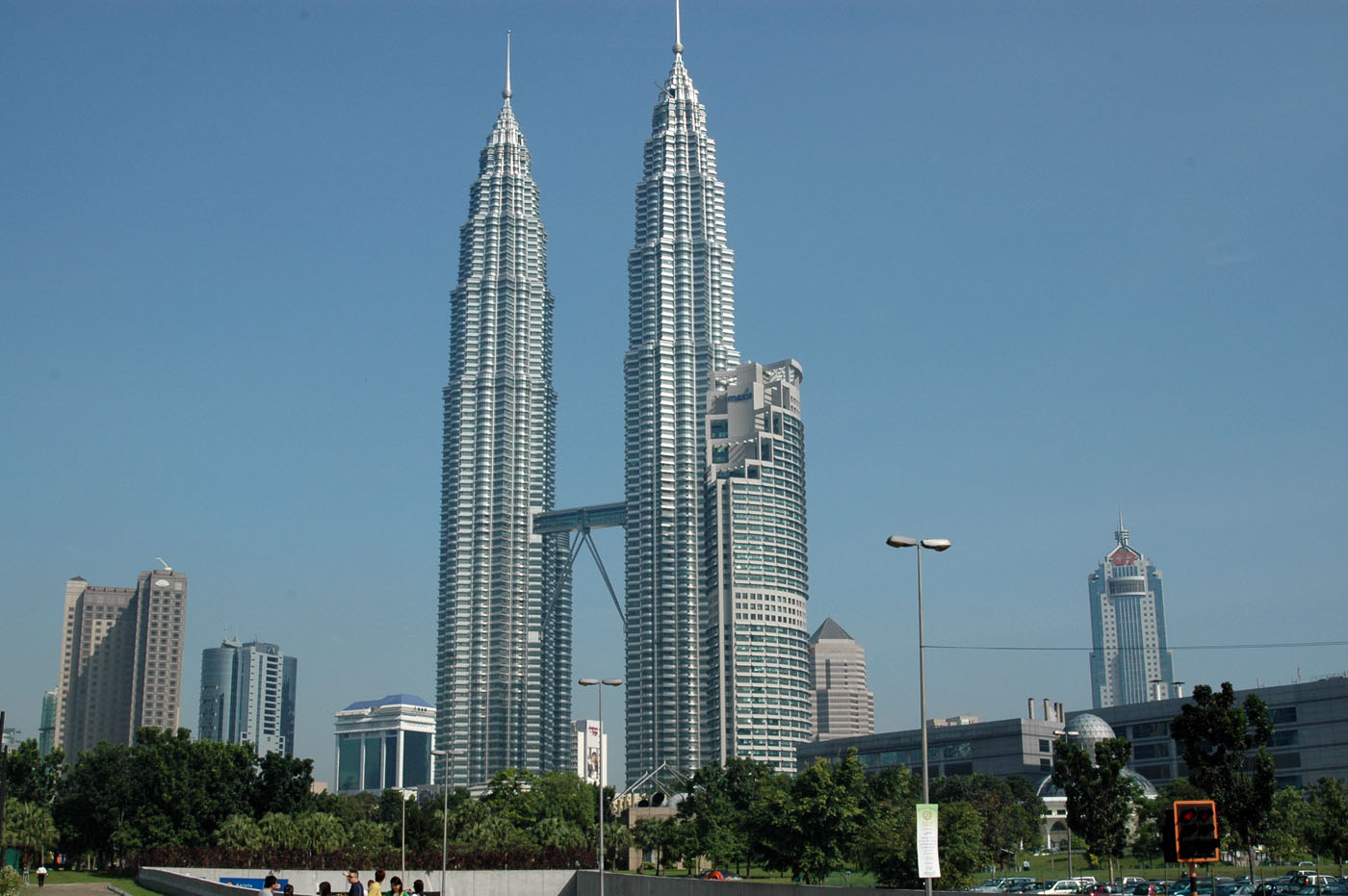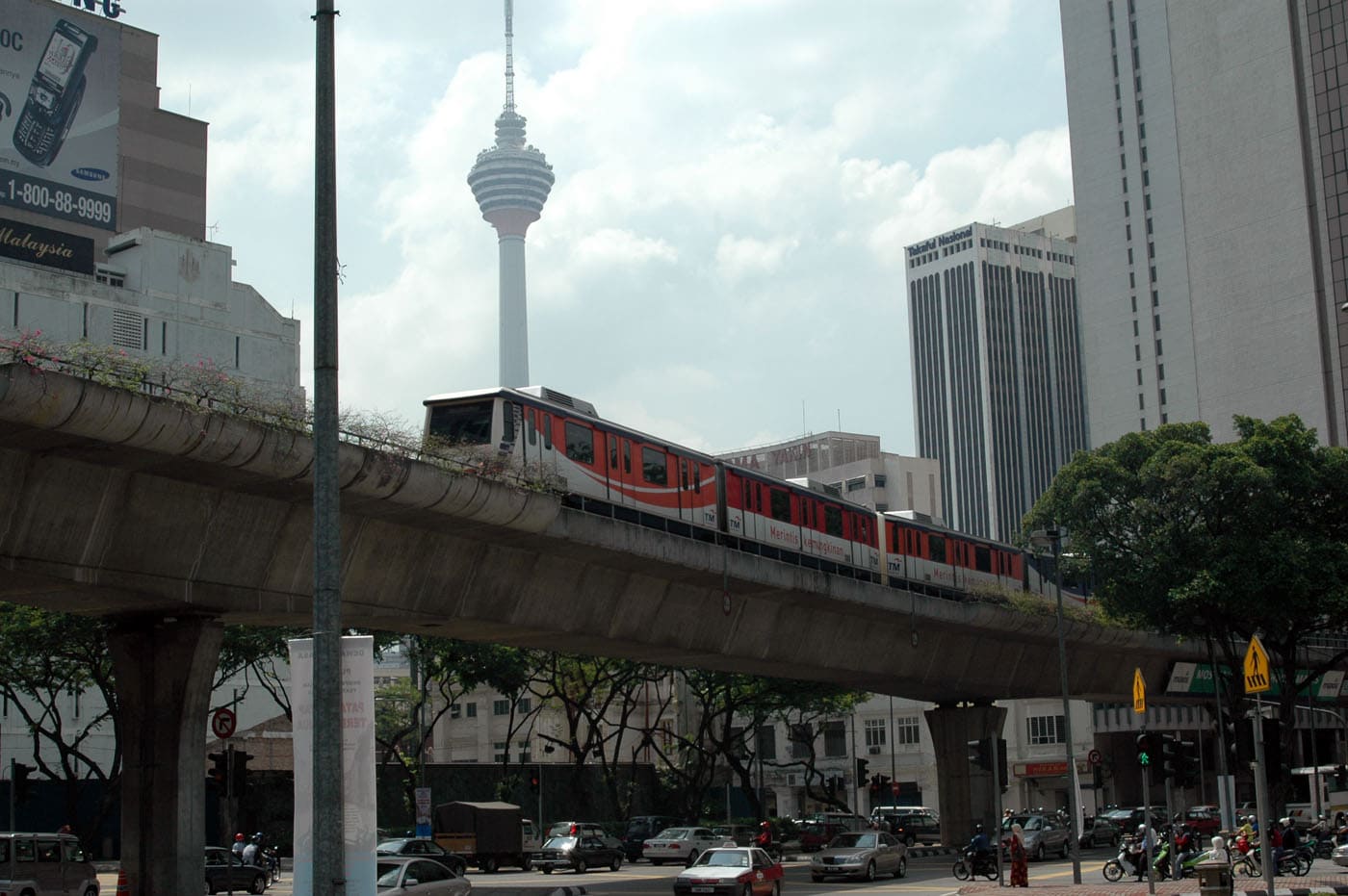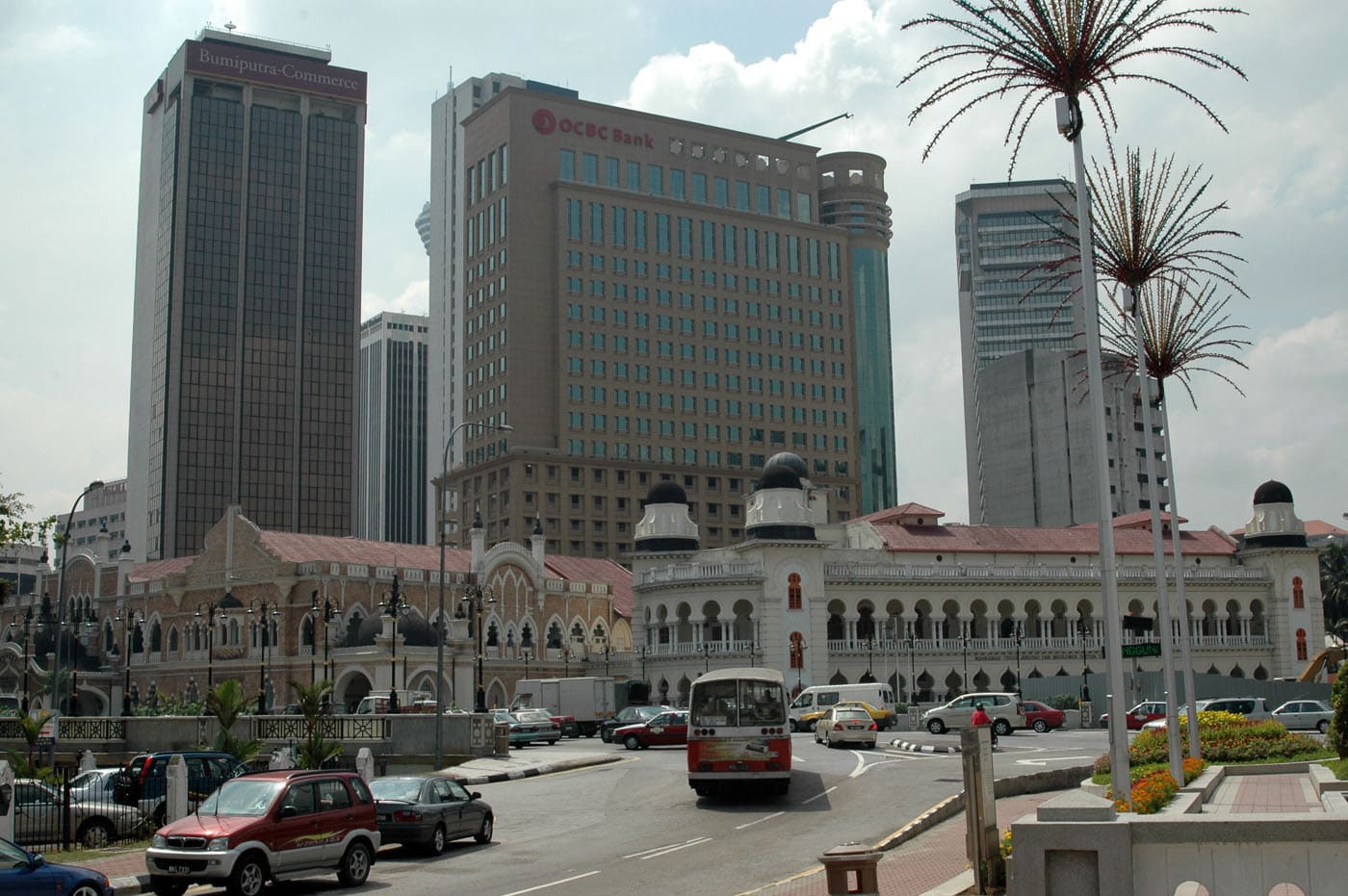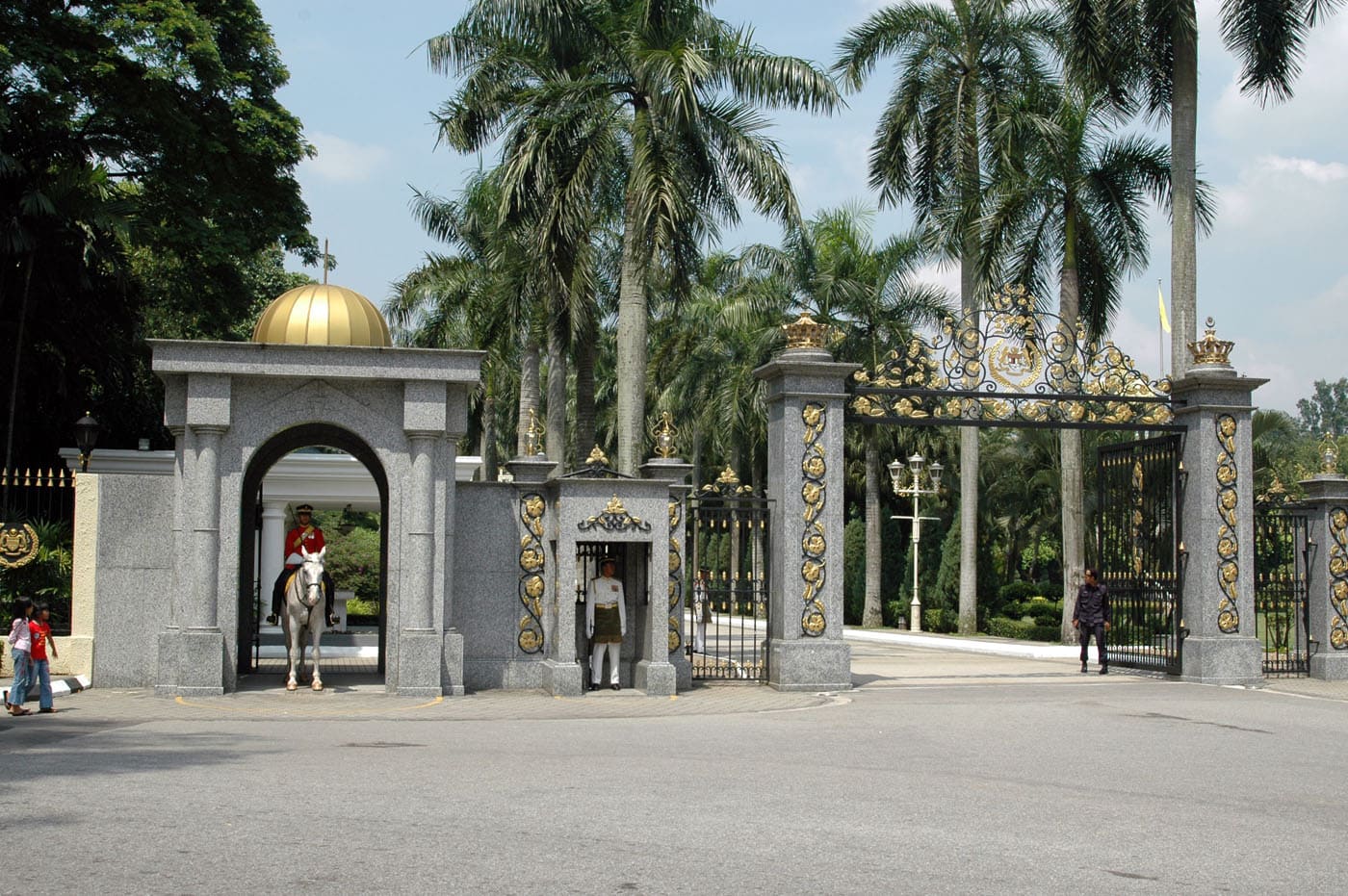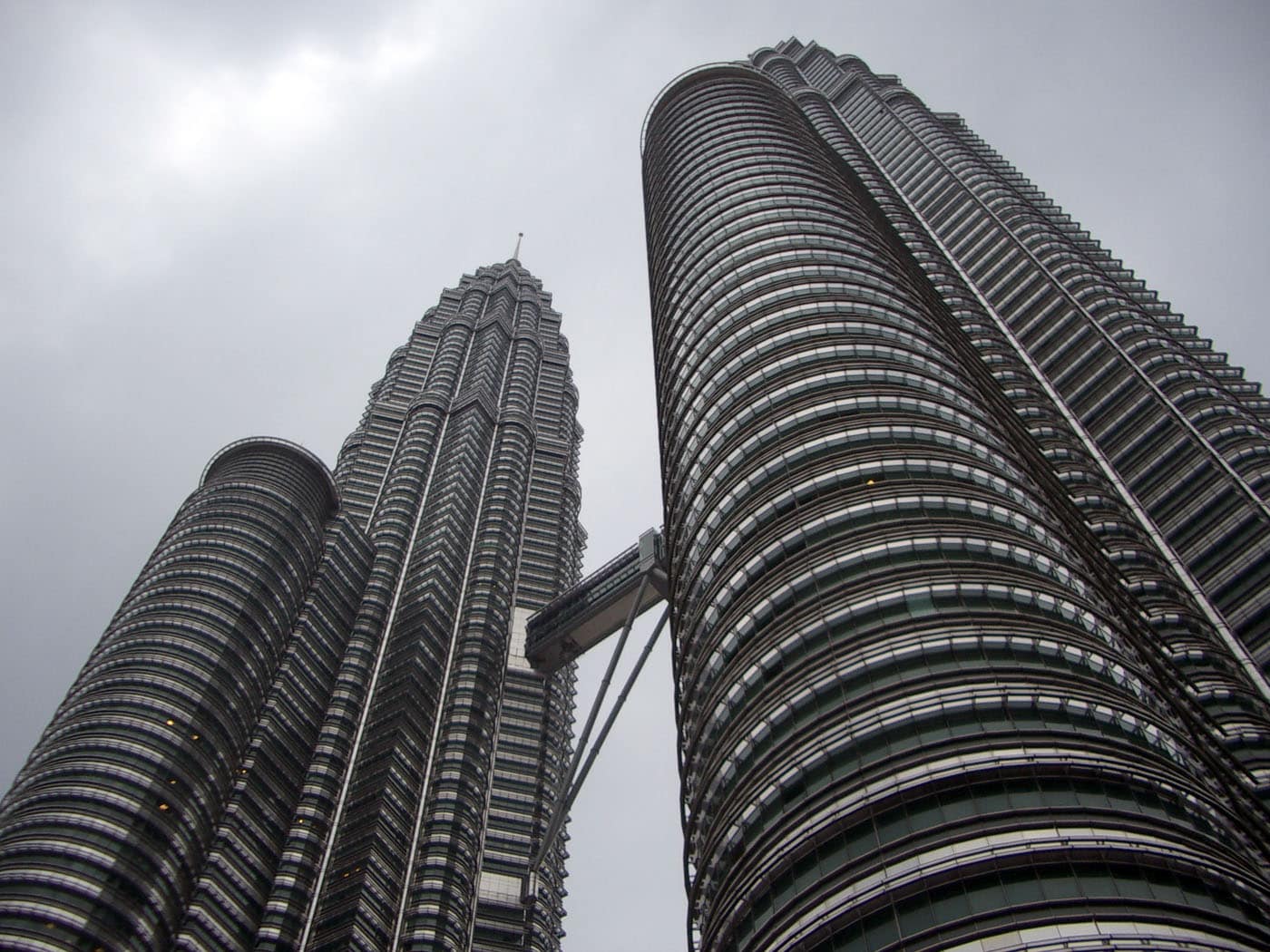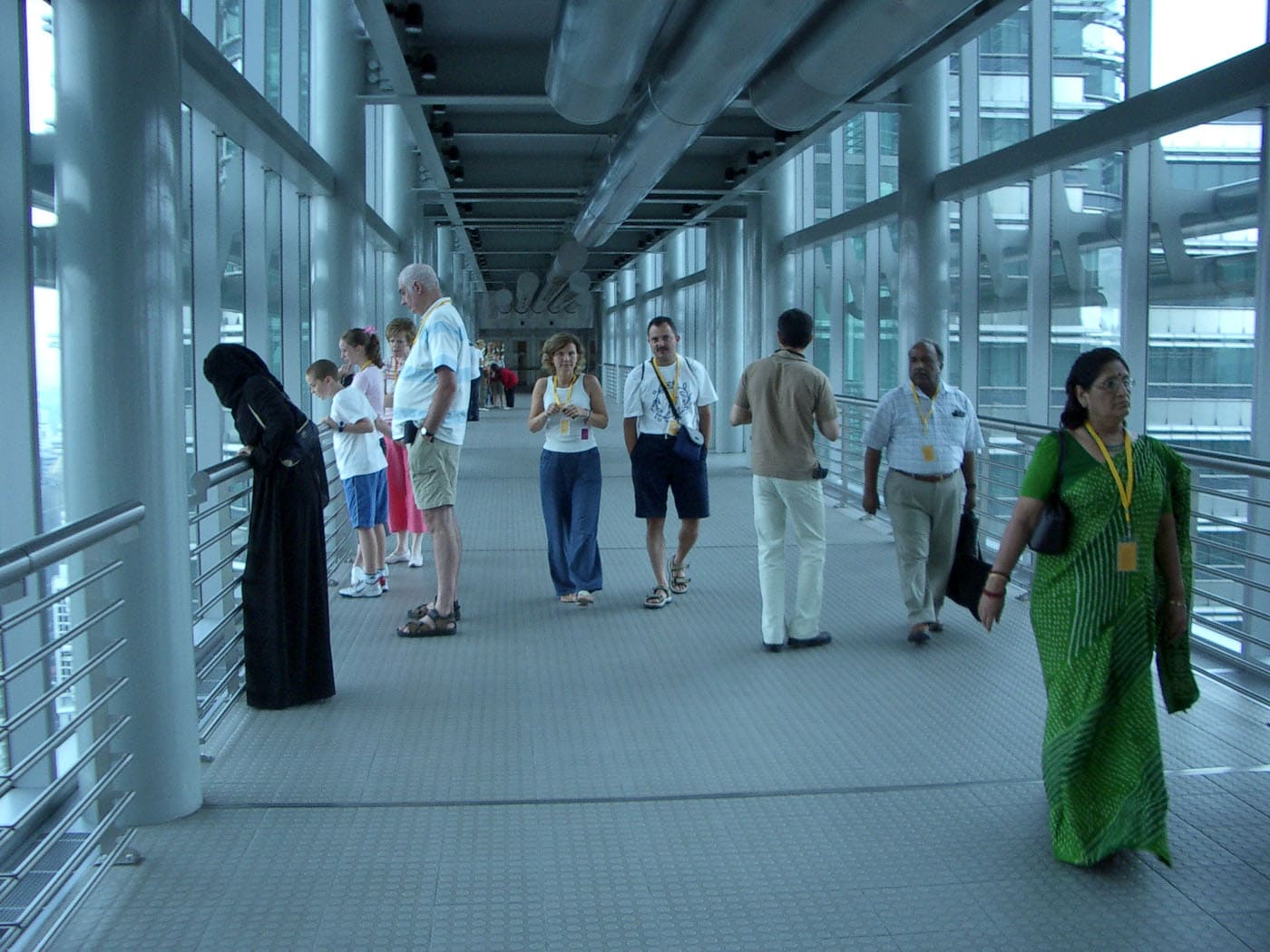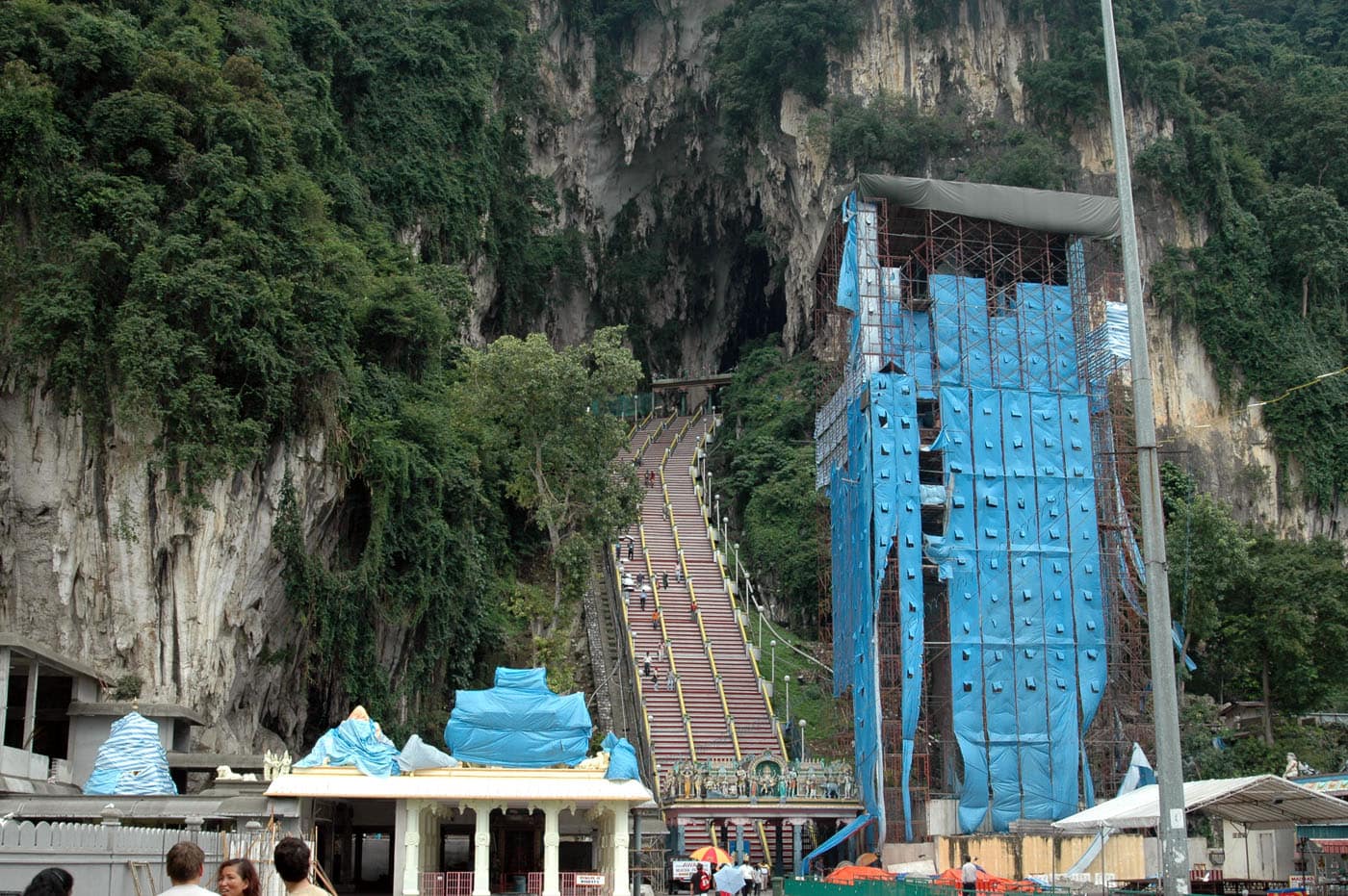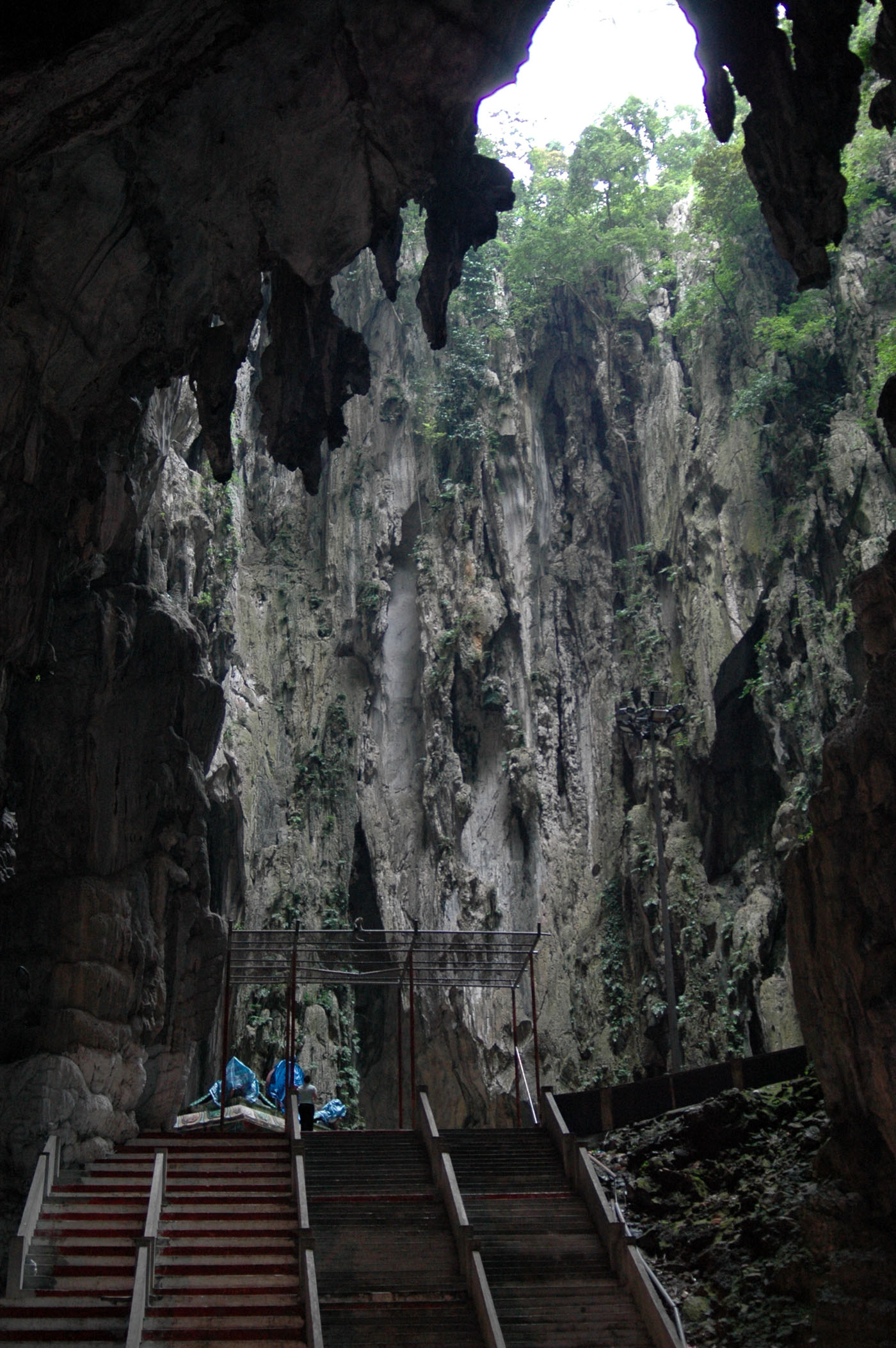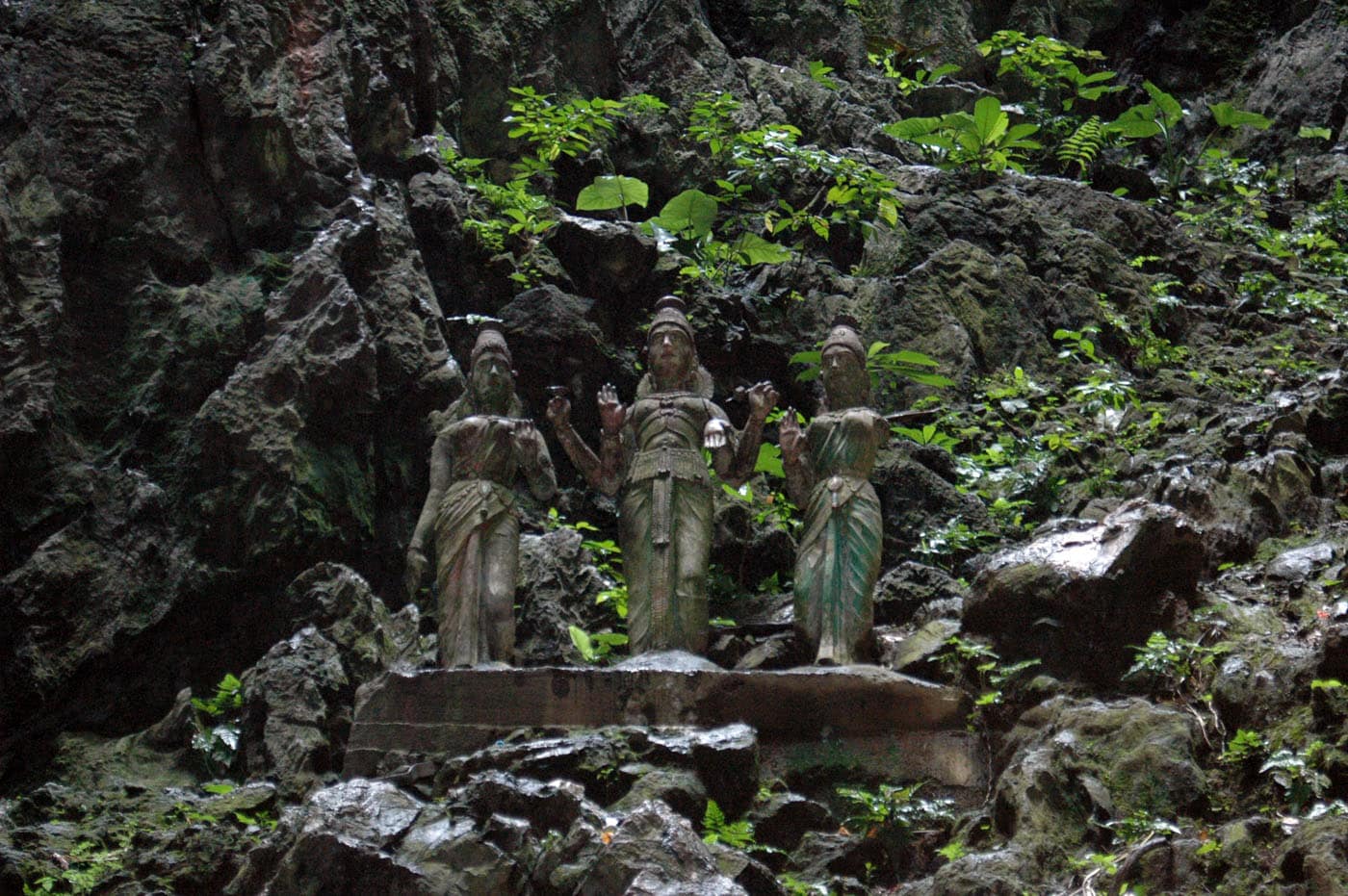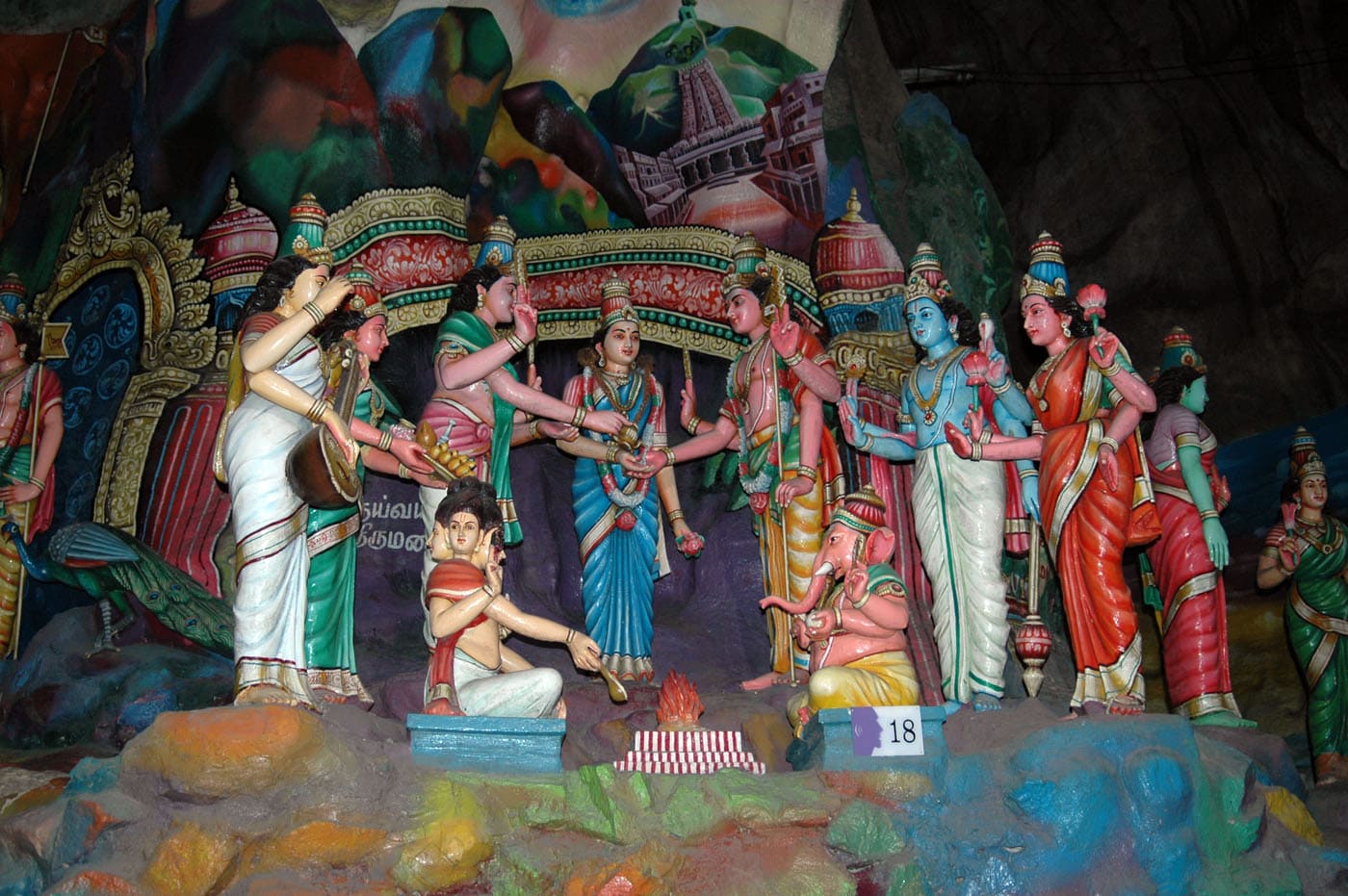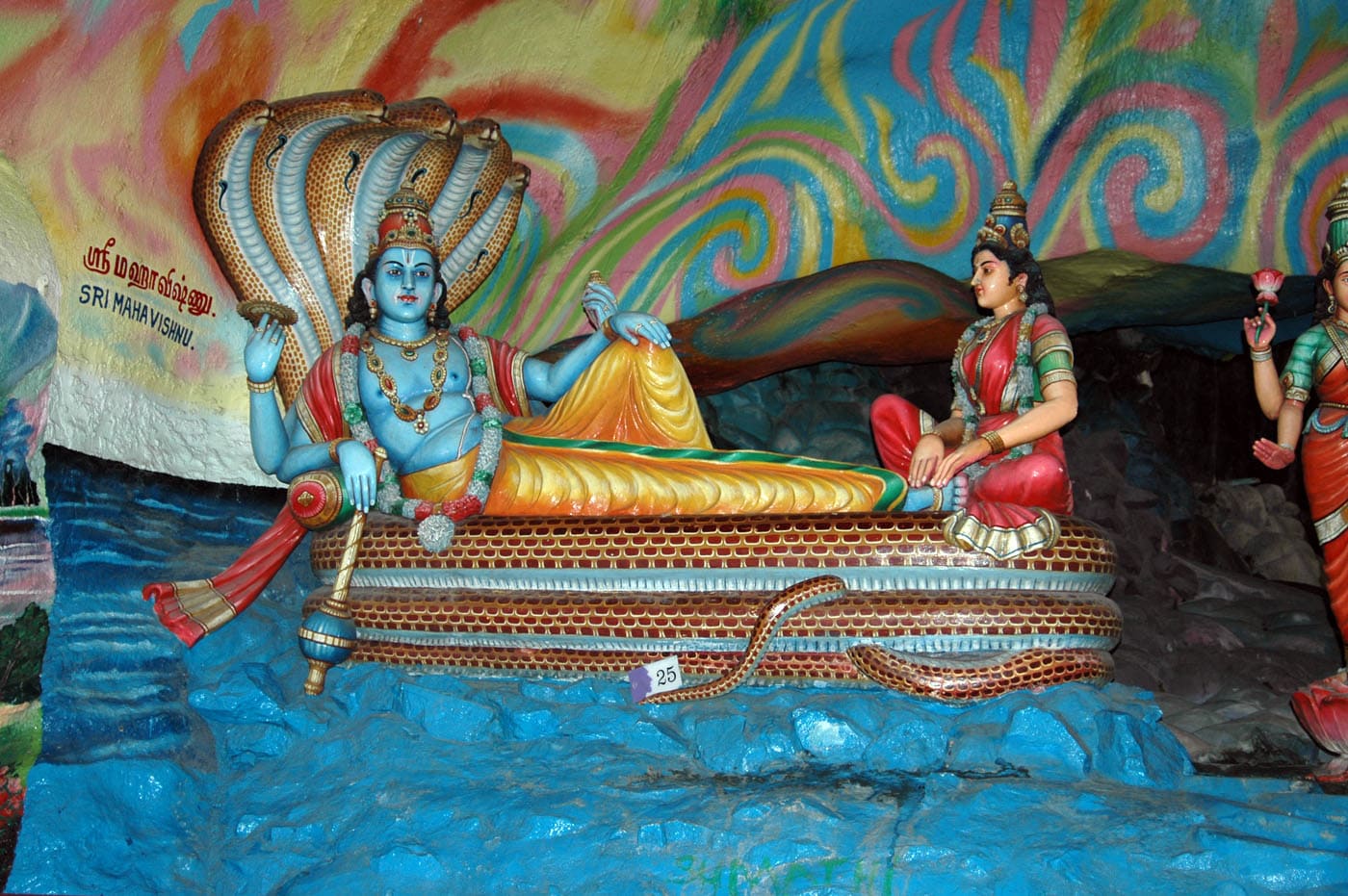Modern Malaysia – Kuala Lumpur
The city of confluence
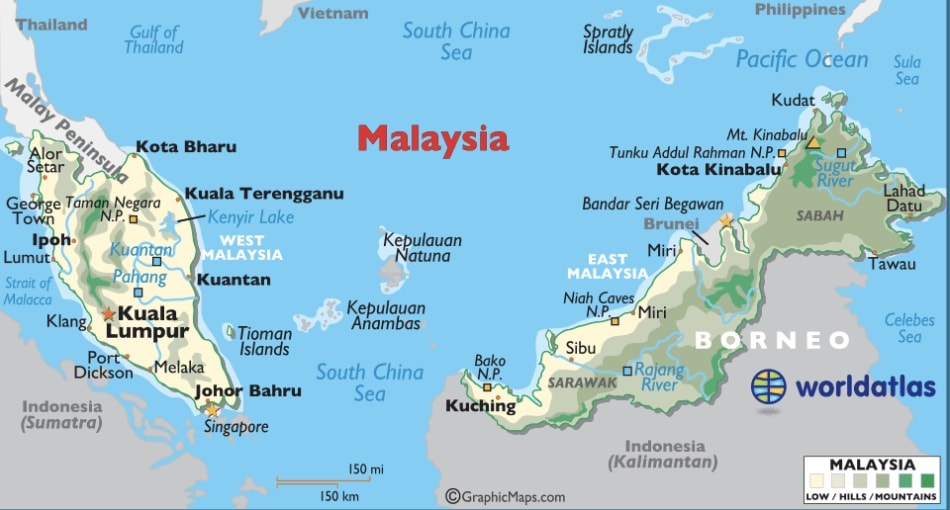
There is not much archeological evidence or written records from ancient Malaysia; the oldest known evidence of human habitation is a skull from the Niah caves in Sarawak dating from 35,000 years before Christ. On the peninsula, stone age tools and implements from about 10,000 BC have been found, and some archeologists suggest that they were left there by the predecessors of the Negrito #aborigines. About 2,500 years before Christ, the #Proto-Malays, seafarers and farmers, advanced into the peninsula forcing the Negritos into the hills and jungles. Subsequent cultural evolution, however, soon created another group, the Deutero-Malays, a combination of Indians, Chinese, Siamese, Arabs, and Proto-Malays rising because of their mastery in the use of iron. Combined with the peoples of Indonesia, the Deutero-Malays formed the racial basis for today Malay. By 671, the dozens of small local kingdoms in the area have been incorporated into the Srivijaya Empire (modern Indonesian Sumatra). The Srivijaya was a maritime empire controlling two key narrows on the Indian Ocean trade routes – the Malacca and the Sunda Straits – where was concentrated all traffic between China, India, Arabia and other parts of the world. In 1402, Parameswara, a descendant of the Srivijayan royal family, founded a new city-state at Malacca and converted from Hinduism to Islam and changed his name to Sultan Iskandar Shah. Subsequently Chinese, Portuguese, Dutch, and the British seized the area until on August 31, 1963, Malaya, Sabah, Sarawak and Singapore federated as Malaysia, over the protests of Indonesia and the Philippines that contested territorial claims.
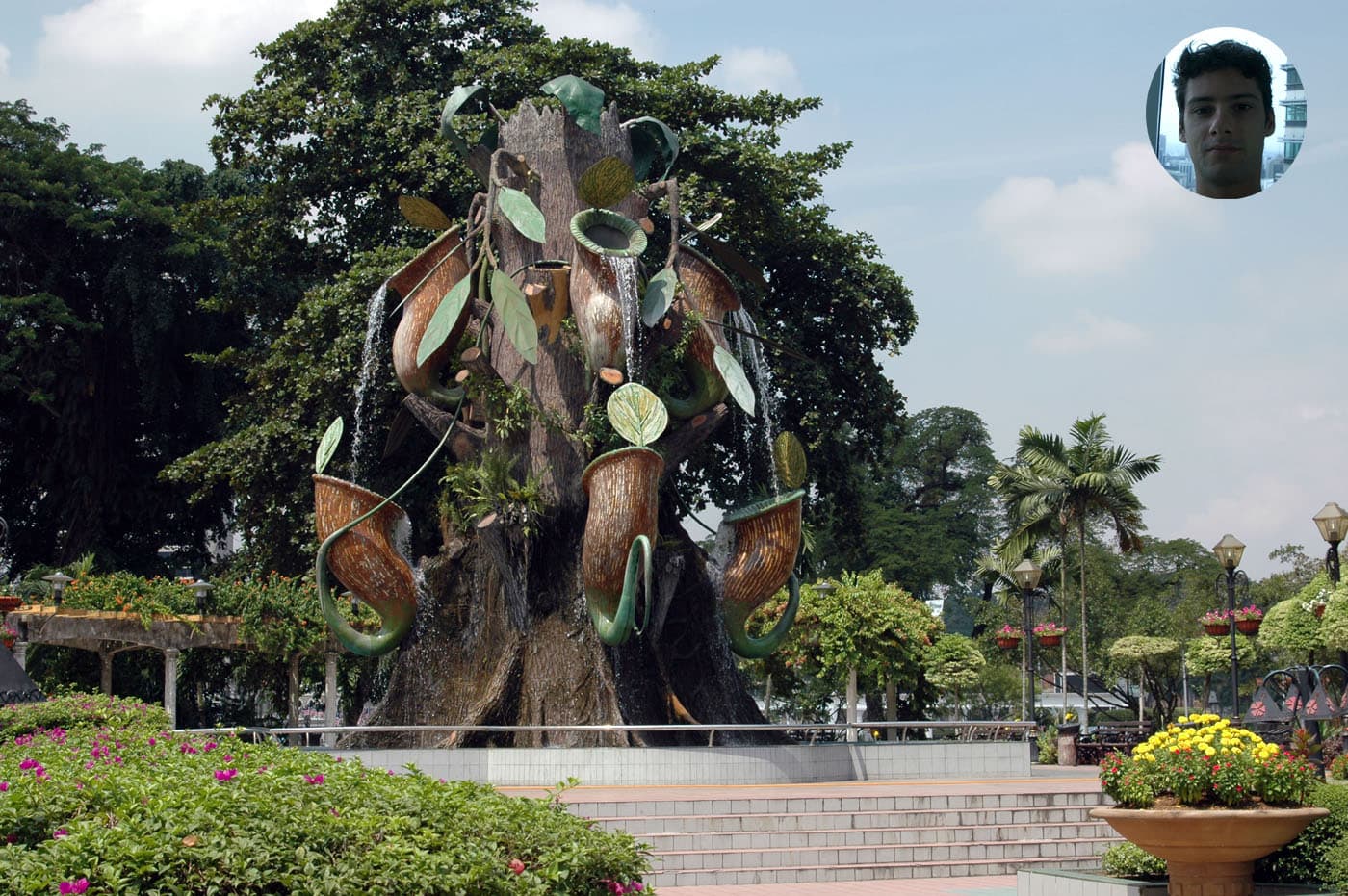
#Kuala Lumpur, the capital of Malaysia, is the country’s largest urban area and its cultural, commercial, and transportation centre. The city lies in hilly country astride the confluence of the Kelang and Gombak rivers; its name in Malay means “muddy estuary.” Its origin dates to 1857, when a group of 87 Chinese tin miners founded a settlement in modern Ampang. Strategically commanding both river valleys, the community flourished as a tin-collecting centre despite its malaria-infested jungle location.
The city comprises a mixture of modern and traditional architecture; such structures as glass-and-concrete skyscrapers, elegant mosques, Chinese shop-houses (family-operated shops with the business on the ground floor and the family’s living space upstairs), squatters’ huts, and Malay stilt kampungs (“villages”) betray Western, Middle Eastern, East Asian, and local influences.
While its centre along the embanked Kelang is heavily congested, its municipal area and suburbs are well planned. The commercial quarter, called the Golden Triangle, is concentrated on the river’s east side. Among its sleek high-rise buildings are two of the world’s tallest buildings: the 452-metre #Petronas Twin Towers designed by Argentine-American architect Cesar Pelli; and one of the tallest broadcasting and telecommunications masts, the 421-metre Kuala Lumpur Tower.
Malays, who are Muslim, are the city’s largest ethnic group. Despite the prevalence of domes and minarets associated with Islamic architecture, however, the non-Muslim Chinese dominate the city and its economy. The mostly Hindu Indian minority, connected historically with nearby rubber estates, also is substantial.
At the northern edge of the federal territory is Batu Caves, a complex of limestone grottoes place of pilgrimage for Tamil Hindus including a 122-metre high outcropping reached by hundreds of steps that contains a Hindu temple and is the scene of an elaborate festival, Thaipusam, in honour of the Hindu deity Subramaniam (or Skanda). They are named for the Sungai Batu (Batu River), which flows nearby.
At the top of the steps is the entrance to the largest cave, called Cathedral Cave or Temple Cave. Within it is the largest of several temples on the site. At a lower level on the flight of steps is Dark Cave, which is sometimes closed to visitors. Other caves lie still closer to the base of the steps. Ramayana Cave has an entrance marked with a statue of the monkey god Hanuman, hero of the Indian epic poem Ramayana. The cave itself is lined with dioramas depicting scenes from the epic. The Cave Villa, which includes Art Gallery Cave and Museum Cave, features more paintings and statues.
References.
Batu Caves. Retrieved from https://www.britannica.com/place/Batu-Caves
Kuala Lumpur. Retrieved from https://www.britannica.com/place/Kuala-Lumpur
